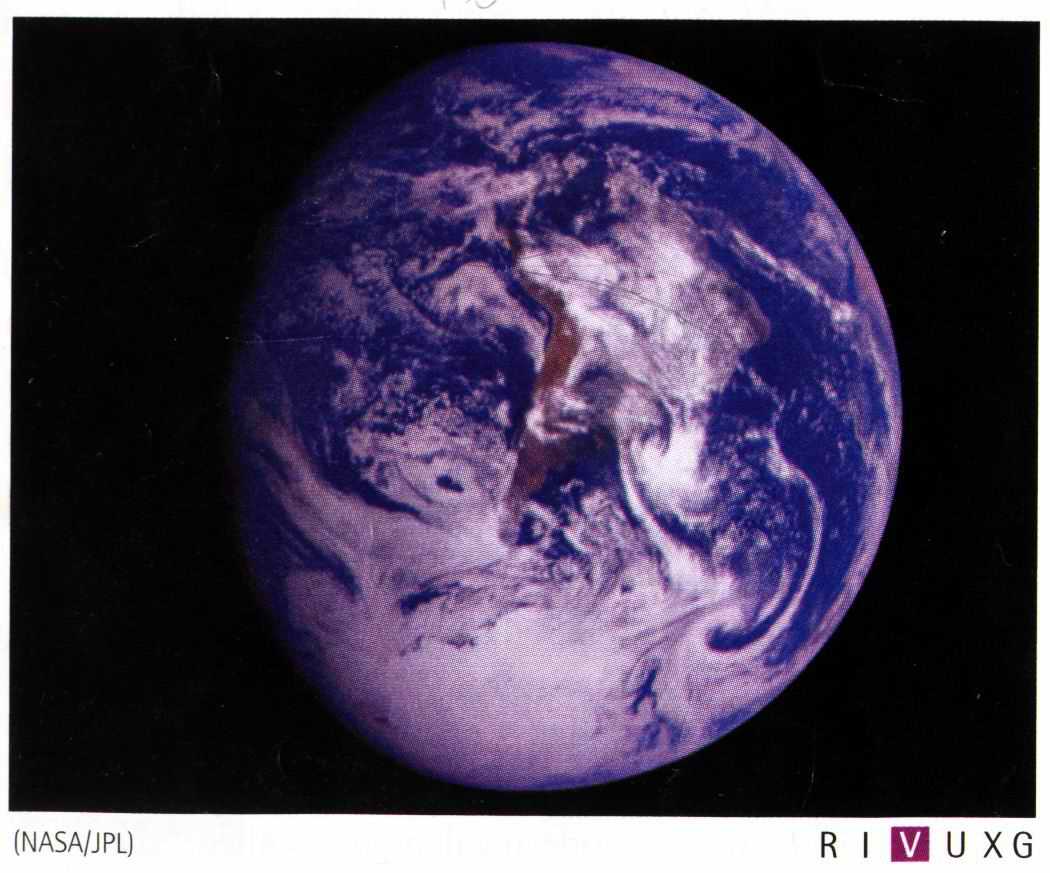| 01. |
Suppose
that you live at a latitude of 25◦N. What is the elevation of the Sun
above the southern horizon at noon at the time of the winter solstice?
Include a drawing as part of your answer.
|
| 02. |
The
Great Pyramid at Giza has a tunnel that points toward the north celestial
pole. At the time the pyramid was built, around 2600 B.C., toward which
star did it point? Toward which star does this same tunnel point today?
(Check this figure:
 ) )
|
| 03. |
The
coordinates on the celestial sphere of the summer solstice are
R.A.
= 6h0m0s,
Dec. = +23◦27'. What are the right ascension and declination of
the winter solstice?
|
| 04. |
(a)
What is the sidereal time when the vernal equinox rises from the horizon?
(b)
On what date is the sidereal time nearly equal to the solar
time?
Explain.
|
| 05. |
How
would the sidereal and solar days change
(a)
if the Earth's rate of rotation increased,
(b)
if the Earth's rate of rotation decreased, and
(c)
if the Earth's rotation were retrograde (that is, if the Earth
rotated
about its axis opposite to the direction in which it revolves about
the Sun)?
|
| 06. |
The image of of the Earth  was made by the Galileo
spacecraft while en route to Jupiter. South America is at the center
of the image and Antarctica is at the bottom of the image.
(a)
In which month of the year was this image made? Explain your
reasoning.
(b)
When this image was made, was the Earth closer to the perihelion or
to the
aphelion? Explain your reasoning.
was made by the Galileo
spacecraft while en route to Jupiter. South America is at the center
of the image and Antarctica is at the bottom of the image.
(a)
In which month of the year was this image made? Explain your
reasoning.
(b)
When this image was made, was the Earth closer to the perihelion or
to the
aphelion? Explain your reasoning.
|
| 07. |
The
photograph
 was taken at the Anglo-Australian
Observatory (AAO) on Siding Springs Mountain, Australia. Siding Springs is
at longitude 149◦03'58" east and latitude 31◦16'37" south.
(a)
By making measurements on the photograph, find the approximate
angular width and angular height of the photo.
(b)
How far (in degrees) from the south celestial pole can a star be and
still be circumpolar as seen from the AAO?
was taken at the Anglo-Australian
Observatory (AAO) on Siding Springs Mountain, Australia. Siding Springs is
at longitude 149◦03'58" east and latitude 31◦16'37" south.
(a)
By making measurements on the photograph, find the approximate
angular width and angular height of the photo.
(b)
How far (in degrees) from the south celestial pole can a star be and
still be circumpolar as seen from the AAO?
|
| 08. |
Unlike western Europe, Imperial Russia did not use the revised calendar instituted
by Pope Gregory XIII. The Russian Revolution, which started on Nov. 7, 1917,
according
to the modern calendar, is called 'the October revolution' in Russia.
What was that date according to the Russian calendar at that time?
|
| 09. |
What is the angular distance (in degrees) in the sky between a star at
(RA = 6h30m; Dec = 0◦0') and another one at
(RA = 8h50m; Dec = 0◦0')?
|
| 10. |
What is the angular distance (in degrees) in the sky between a star at
(RA = 6h30m; Dec = 30◦0') and another one at
(RA = 8h50m; Dec = 30◦0')?
|